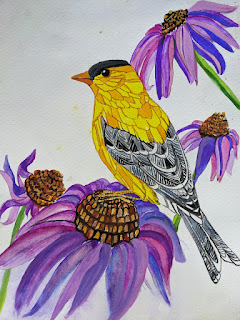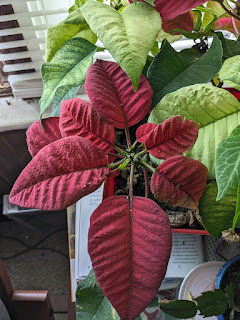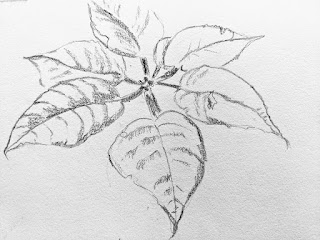Steve Mitchell/Mind of Watercolor
The very first YouTuber I ever followed was Steve Mitchell. He is a complete nerd, even has a skull he's named. Steve Mitchell lives in South Carolina, and has been a professional illustrator and designer for over 30 years. His YouTube channel is mostly watercolor and some mixed water media. He often does spontaneous landscapes out of his imagination. Steve sometimes reviews products (papers, pens, pencils, brushes,etc.) He has a great teaching style, and you can learn all kinds of techniques and tips from him. If you enjoy pen and wash you will enjoy Steve Mitchell.
He has 2 levels of Patreon: a $3 level and an $8 level.
$3 level includes:
My heart-felt thanks. You'll become one of my Minder Patrons helping me continue to provide regular YouTube video content.
Access to the Patreon news feed
24 hour early access to my latest YouTube episode
Priority attention given to comments, questions and requests (vs. YouTube, Instagram or even email).
Access to the Patreon Member's Posts where you can post artwork and comment on other Patron's posts.
Access to Patreon Private Messaging which also receives priority attention over any other form of contact for me.
Many YouTubers, such as Paul Clark and Louise DeMasi will include a sketch and reference if you are a Patron. However, Steve does not. He might give reference materials, but rarely a sketch to copy.
One of his most recent YouTube's is about a glazing method called grisaille.
Grisaille is a neutral underpainting to establish values, then glazing over with color. Here he shows how he is doing a twisted branch of a tree.
https://www.youtube.com/watch?v=sNNU0r_ZieI
I've done other blogs on this subject. See:
a still life in grisaille:
Painting Elvis in grisaille:
In today's project, I started with a very simple still life of fruit and a cloth.
Here is the reference (my own photo):
Using my Notanizer app, I changed it to see 4 values:
I will use this as a map to paint in my values. Here is where there is a difference between grisaille (that you intend to paint over) and a value study. Any part of this, even if it is darker, that will be pure color, I leave alone. Basically, I am painting in only the medium and darkest values that truly are not a pure color.
I did dab some masking fluid on the highlights with a sponge to get the effect of the skin of the fruit.
You can choose grays (Paynes gray, Janes Gray, neutral tint), browns (burnt sienna with burnt umber), blues, anything for underpainting the values. Some people like to underpaint the shadows in the complementary color. To show the difference, I underpainted one entirely with brown values and the other one with complementary values. (An orange's shadows painted in blue; yellow shadows in violet; green shadows in red; and bue shadows in burnt sienna)
The picture below shows how I've painted shadows and dark values in complementary colors. I have already colored over one of the oranges and the lime. (I still don't have my darkest values in some of the oranges yet)
This picture shows an under-painting that was all in burnt sienna/burnt umber values.
After that was dry, I just took pure color...orange, yellow, greens, and GLAZED over the fruit. I GLAZED over the cloth with cerulean and pthalo.
Something to note: When glazing with color, apply the paint over the entire piece of fruit, shadows and all. Don't be stingy with the paint. If it is too watery, you may have to darken it later.
If you get the values in the underpainting correct, it practically paints itself.
You can also lift out hilights to give dimension to the oranges and lime.





















